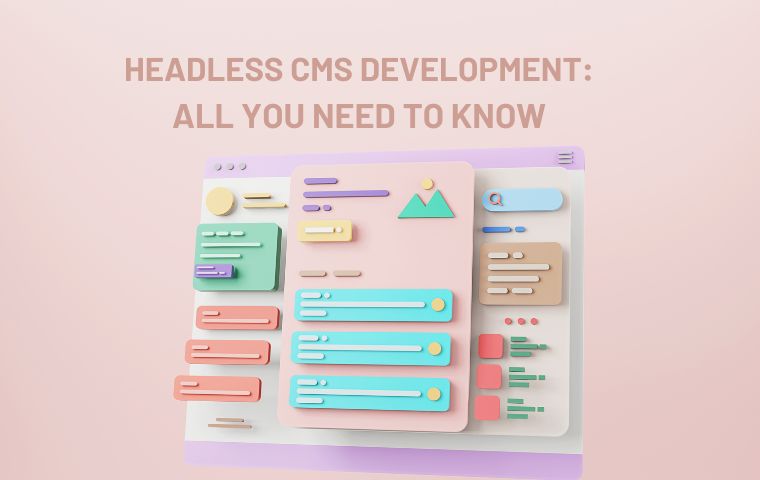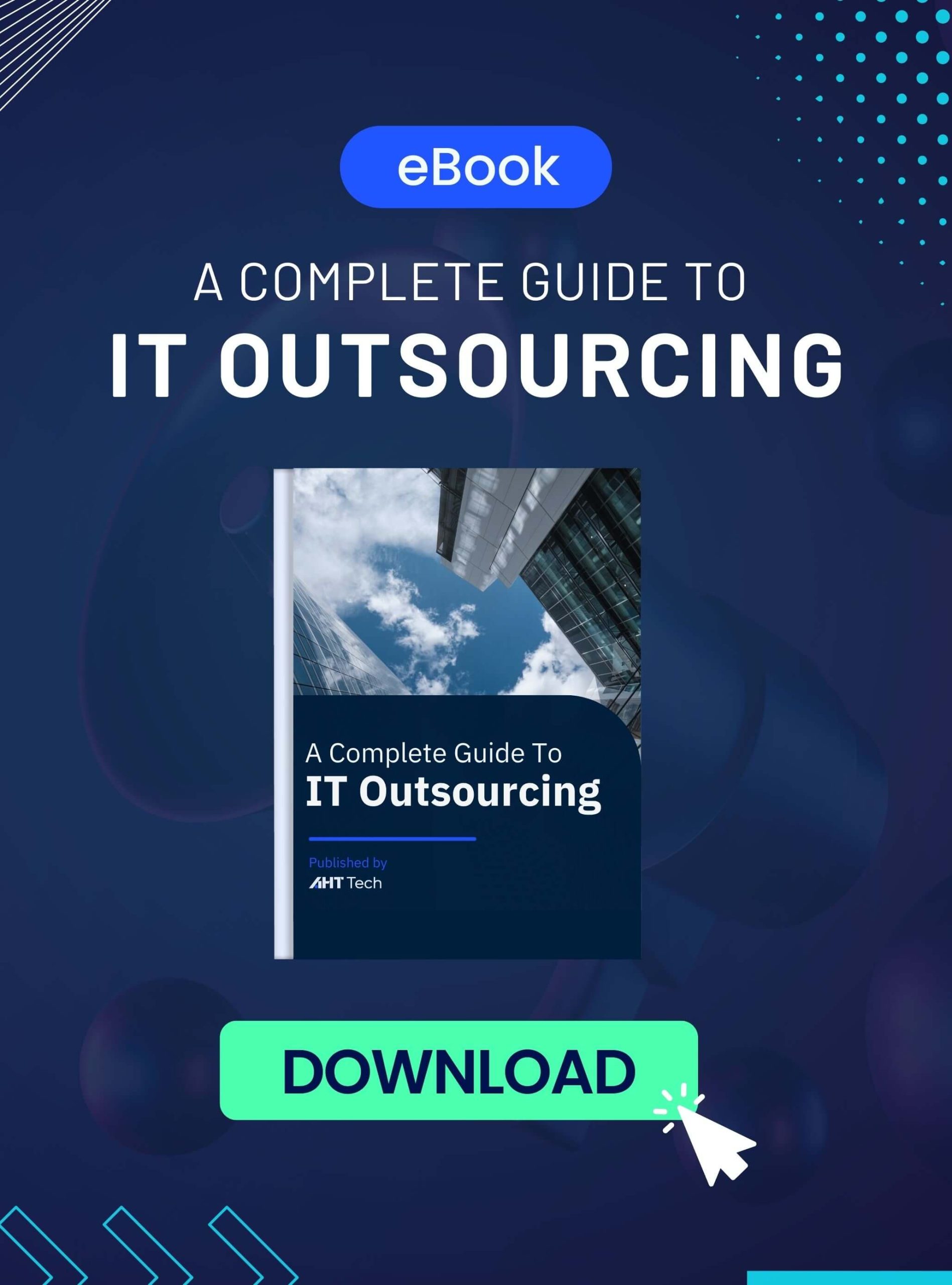TABLE OF CONTENT
What is a Headless CMS?
Why choose headless CMSs?
Benefits of a headless CMS development
Conclusion
What is a Headless CMS?
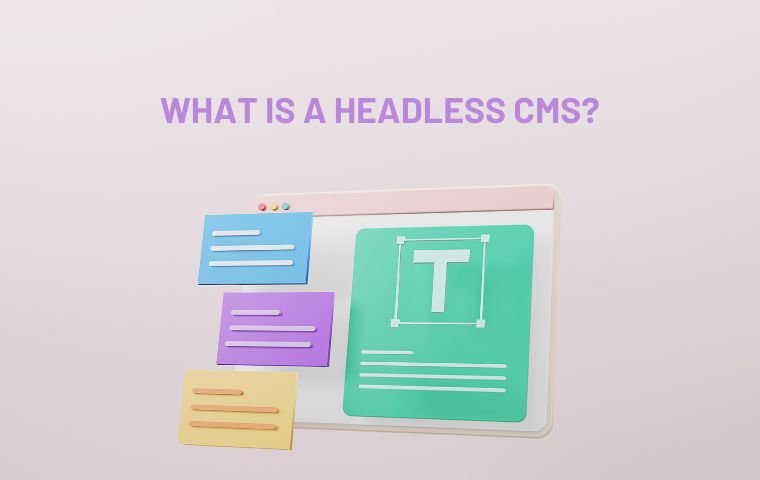
A headless CMS is a backend-only system designed as a content repository, separating data from presentation. This flexibility enables developers to utilize any technology without concerns about affecting the user interface. Content editors can also reuse content on different devices as it is not tied to a specific channel.
Headless CMS development offers increased flexibility by enabling content delivery across multiple front-end channels through APIs. This architecture empowers developers to leverage their preferred tools and technologies for creating user interfaces, resulting in a more personalized and enhanced user experience.
Read more:
Why choose headless CMSs?
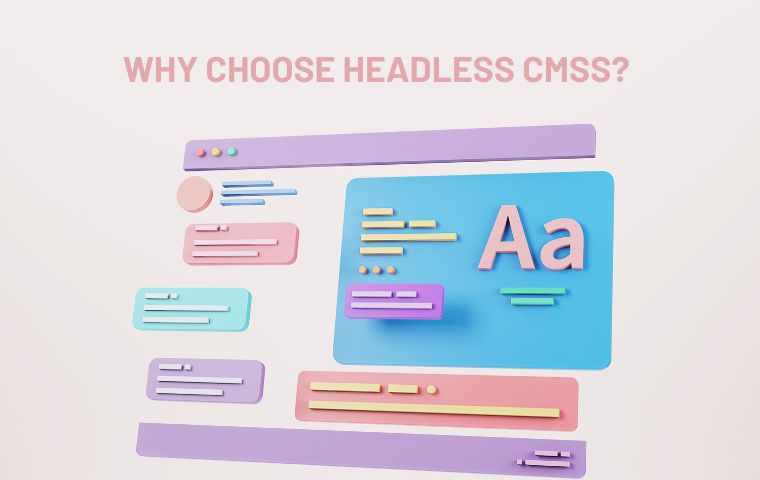
But knowing the difference between traditional and headless approaches will help to make informative decisions on what your app base on, depending on your needs and resources.
Unlike custom CMS development, headless CMS development provides separated back-end and front-end, allowing developers to flexible create and customize complex, interactive headless websites or applications. Additionally, you can customize front-end templates easily without touching code. Furthermore, with headless CMS development, it is easy for you to integrate with third-party systems or devices. There is also one more type – Decoupled CMS. Decoupled CMS is a intermediate chain between the first two. This results in managing content in a single locations but can be displayed on multiple platforms. Therefore, it allows you to design front-end templates which maintain control over the content.
Benefits of a headless CMS development
Headless CMS development provides a robust and adaptable method for managing content. By decoupling the front end from the back end, a headless CMS reduces issues in comparison to conventional methods. It allows for quicker content editing and the management of content across various platforms. This system grants developers the freedom to select their preferred user interface (UI) engine and simplifies the process of scaling. Furthermore, a headless CMS enhances security by segregating content from the presentation layer. Let’s browse several advantages of headless CMS development for your business:
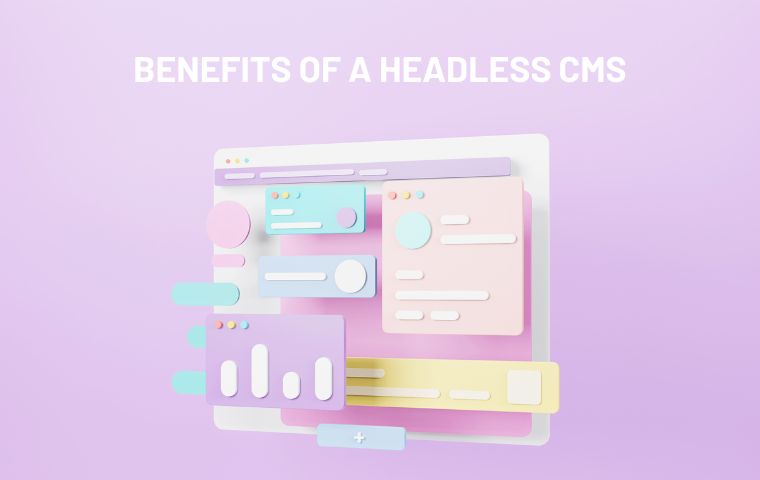
Omnichannel connectivity
In contrast to the capability of conducting sales through a single channel, as seen in traditional systems, headless systems are not limited to a single presenting concern. This implies that the identical data can be transmitted to numerous user interfaces such as websites, mobile apps, smart TVs, or any device that can establish an internet connection. This feature is particularly advantageous for individuals who aim to uphold their presence across multiple digital platforms. Moreover, it allows you to efficiently manage your content in a centralized location and derive greater benefits from it.
Enhance experiences
Freeing front-end developers from back-end architecture allows more time and energy to build richer digital experiences and respond faster rather than feeling the limitations of the backend and being constrained by bespoke technologies. When implementing headless CMS development, you can create and customize interface based on your specific requirements. Make sure that your website is easy-to-use and user-friendly interface, allowing users to work easily as well as increase productivity.
A decoupled attack surface
The security concerns are managed by the vendor, who is accountable for addressing any issues that may arise. However, if threat actors manage to bypass the security systems at the presentation layer, they can gain easy access to the backend and all the sensitive data it contains. In architectures that do not rely heavily on user interfaces, a vulnerability does not necessarily lead to a domino effect that impacts the entire website. Consequently, non-UI content poses a significantly lower risk for potential attacks since it is segregated from the user interface. APIs, typically limited to read-only access, can be safeguarded by multiple layers of code. Additionally, the headless CMS admin is often hosted on a separate server and domain from the main product.
Future-proof your digital presence
A CMS for eCommerce offers a convenient solution to abandon the outdated toolchain and embrace innovative technologies. By delivering content through an API, transitioning to a new front-end requires minimal adjustments to the back-end configuration. With eCommerce website, digital presence plays a vital role for engage customers. Headless CMS development allows businesses to enhance content and SEO website to rank higher position in search engine. It profound impacts website performance like the traffic and bounce rate.
Faster speed
By decoupling the content management system from the presentation layer, headless CMS eradicates the necessity for conventional server rendering, resulting in quicker page loading times and an enhanced user experience. Utilizing front-end technologies such as React, Vue.js, or Angular provides developers with increased flexibility to enhance performance, implement superior caching strategies, and expedite content delivery to users.
Moreover, as content is delivered through APIs, front-end developers can utilize content delivery networks (CDNs) to globally store and distribute content, thereby improving speed and reducing latency. This method of delivery guarantees that users worldwide receive content promptly, regardless of their geographical location.
Increased fault tolerance
With headless CMS, the backend and frontend operate independently. It means that if part of the system fails, like a backend server fails, the front end can still function without much impact. Since data is often stored as structured content (e.g., JSON or XML), backing up and restoring data is simpler, minimizing the risk of data loss and keeping systems up to speed. recovery after failure. Headless CMS often allows integration with many different types of applications and technologies. So, this helps create a flexible system that can be easily expanded or changed as needed to increase fault tolerance.
Conclusion
Although not always the optimal solution, the headless CMS development method is not restricted to just one website. The rise of headless CMS signifies a significant change in content management tactics, offering unmatched flexibility, scalability, and security to the contemporary digital landscape. Through the segregation of backend and frontend components and the implementation of an API-first strategy, companies can safeguard their digital footprint for the future, adjust to advancing technologies, and distribute content effortlessly across different platforms and devices. As user expectations continue to evolve and new technologies emerge, adopting a headless CMS ensures businesses can meet the demands of today’s content-filled world, while also laying the foundation for innovation. creativity and continuous growth. AHT Tech provides headless CMS development service with advanced technologies and pool of talented developers. Tell us about what you want to build headless CMS!


